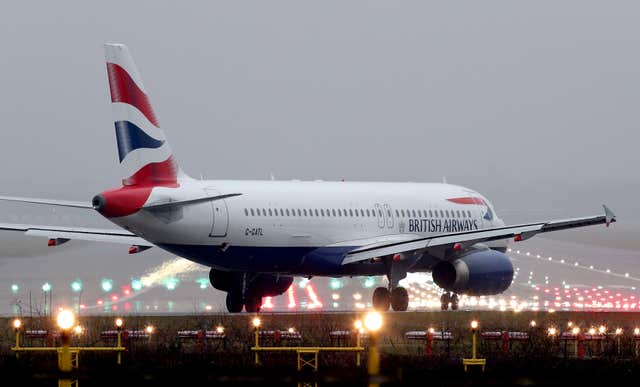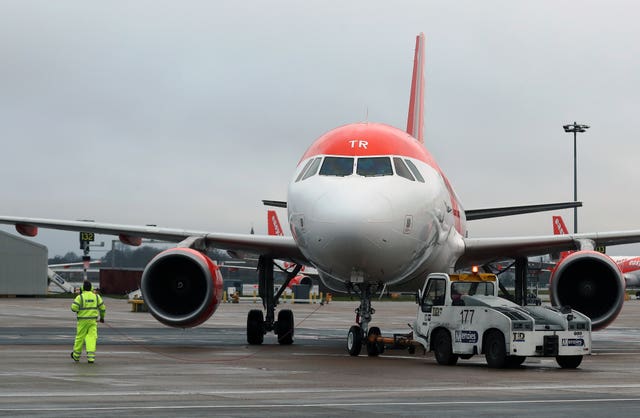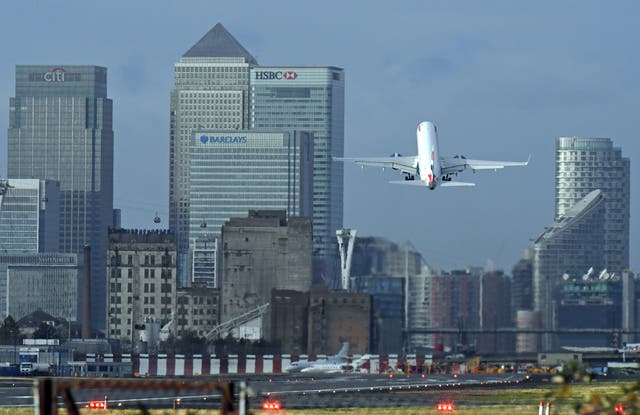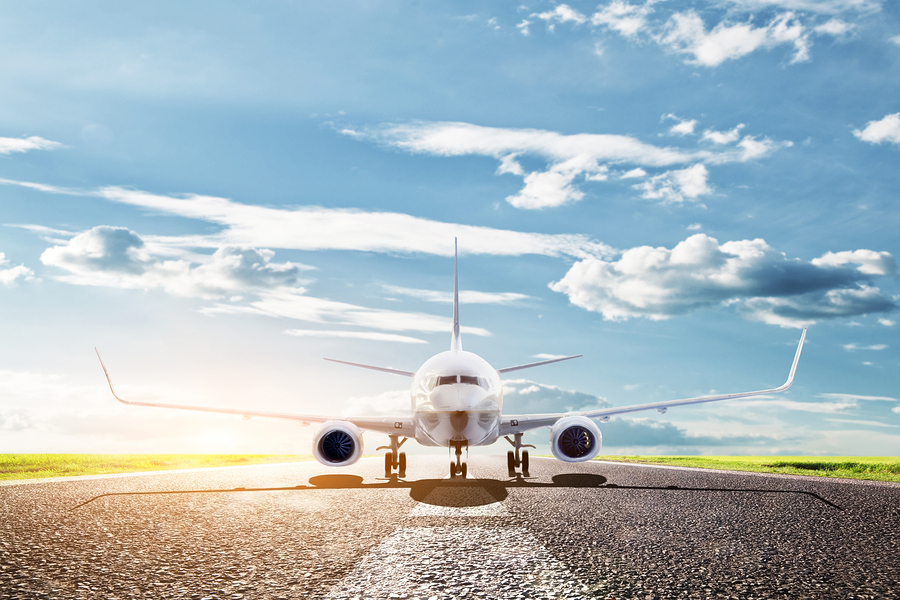Fear of flying? We ask the experts to dispel the myths
New research has revealed that over 21 million Brits are now more scared of flying compared to ten years ago.
The research by National Geographic found that not only are Brits more afraid, but over a third (38%) admitted news stories around aviation disasters are fuelling their fear.
So is it rational to worry? Aviation safety investigator David Gleave debunks some of the most common myths around flying.
1. Turbulence will crash the plane
A bumpy ride on an aeroplane tends to make worried passengers even more anxious because it feels as though the plane is being blown out of control. But turbulence, Gleave reassures, is nothing to worry about.
“There has been a lot of atmospheric research carried out into the strength of turbulence, going back many decades,” he says. “The safety regulators have specified requirements for the strength of aircraft to be able to encounter all but the strongest thunderstorm turbulence, and the aircraft are thoroughly tested to demonstrate that they can withstand these induced structural loads.”
Even if you fly through a thunderstorm, you’ll still be safe. “When flying through the central core of an active thunderstorm cloud, the aircraft crew use a weather radar in the nose of the aircraft. This detects the thunderstorms ahead and enables the pilot to fly around them,” says Gleave.
“These systems are highly reliable and fail very rarely. Even if there is a failure, the pilot may divert to the nearest suitable airport, and ask for updates from other pilots and air traffic control, to ensure that no encounter takes place.”
Rather than crashing to the ground, the main safety concern with turbulence is that of being injured inside the aircraft if it jolts in the air. “That is why you should always wear your seat belt when you’re at your seat,” says Gleave. “If it becomes turbulent suddenly, find the nearest suitable seat and strap in.”
2. The wings look as though they might snap
You’ve anxiously sat in your window seat and you’ve opened your book, but you can’t help but steal a glance outside and notice how flimsy the wings look. But don’t worry, says Gleave – this is a design feature, not a flaw.
“The wings are built to flex in turbulence, just in the same way that they droop as you taxi out and then rise up as you progress along the take-off roll on departure,” he says. “It is quite normal and no cause for alarm.”
3. The plane will get struck by lightning and crash

Lightning isn’t as bad as you think
Getting hit by lightning sounds like a terrifying ordeal, but it’s not as drastic as you might think. “The aircraft is designed to be struck by lightning with minimal effect,” says Gleave. “Much like a bumper on a car, a minor dent can be taken with no effect upon the vehicle’s occupants.”
In fact, statistics show that most commercial aeroplanes get hit by lightning once per year, with minimal damage to the plane’s exterior. “Engineers simply replace the part and it looks good as new,” says Gleave.
4. The engines will fail

Modern planes have several engines, says Gleave
40% of Brits say their biggest worry on a flight is engine failure. “Hollywood has a lot to answer for with this myth,” says Gleave. “The aircraft you will fly on for your scheduled flight will have at least two engines, and all of the multi-engine aircraft can fly with one engine having failed.
“There is a specific point on the runway where the pilots decide whether to stop or continue to fly in the event of an engine failure. This is all subject to rigorous certification requirements from the safety authorities, and is a major focus of test flights.” Pilots even practise this technique every time they go in the simulator, Gleave reassures.
When the engines hush, it isn’t cause for worry either. “About 25 minutes before landing, the engines go a bit quieter,” says Gleave. “This is because they are running at idle and the plane is gliding for up to 150 miles to the airport.
“Even if you did have an engine failure, the plane still glides quite happily,” he says.
4. The aircraft looks old and is unreliable
Aircraft are inspected before every flight and there are hundreds of sensors in modern aircraft monitoring the parts continuously. “They may even report back to base automatically when they sense they need attention, well before a problem emerges,” says Gleave.
Aircraft carry multiple systems and they can fly with one computer working. “Usually, planes leave with three working,” says Gleave. “That allows one to fail on the flight away from base and another to fail on the way back before there is any real safety influence.”
Even then, Gleave says, there will still be ways of flying the aircraft safely. “If anything significant fails in flight, then the crew will divert to a suitable airport.”
5. We are all going to die if there is an accident

A plane takes off at London City Airport
The crash landing of an airliner into the Hudson River in 2009, in which all 155 passengers and crew escaped alive, was hailed as the ‘miracle of the Hudson River’. So was it actually an unbelievable stroke of good luck? “No, not at all,” says Gleave. “The aircraft was designed to float in the event of a landing in water.
“Usually, in the event of an accident, there will be a jolt,” says Gleave, “so you should get into the brace position with the first impact.” Don’t be alarmed if the engines fall off either – “They are designed to do this to help the aircraft float. The aircraft will then skip along the water and gradually slow down and settle.”
The survival rate, he says, should be 100%.
Aircraft sliding off runways or landing short of the runway inside the airport fence is a worry for many people, too. “In this case, the aeroplane should not encounter any significant solid objects,” says Gleave. “The plane should sink no further than six inches into the mud and then you can evacuate. Again, the survival rate should be 100%.
“There are hundreds of engineers around the world working to ensure that you survive an accident. From designing stronger seats and improving the fire proofing, to developing airport safety area standards and training rescue.”
So should you be worried about flying? Not at all, says our aviation expert: “Watch the safety briefing at the start of the flight, and then relax.”
The Press Association
Latest posts by The Press Association (see all)
- 5 surprising things you can clean in the washing machine - January 9, 2025
- Prince William posted a heartfelt birthday message to ‘most incredible wife and mother’ - January 9, 2025
- Birthday wishes for Catherine from royal family as the Princess of Wales turns 43 - January 9, 2025
- Maple Cinnamon Granola - January 8, 2025
- 8 things your feet can tell you about your health - January 8, 2025





















